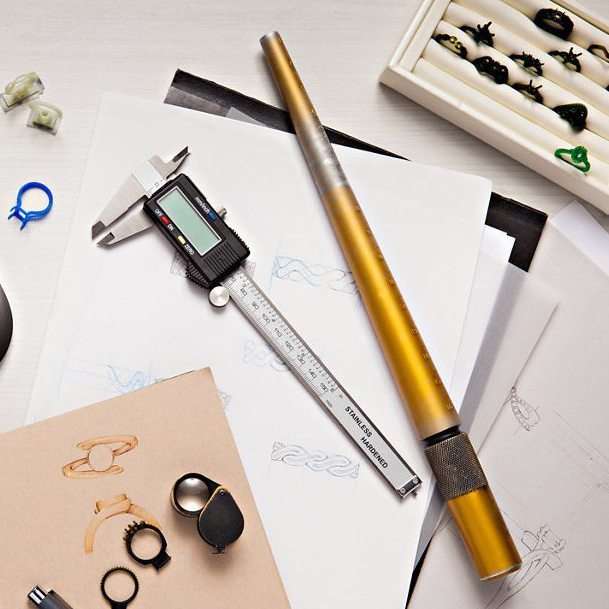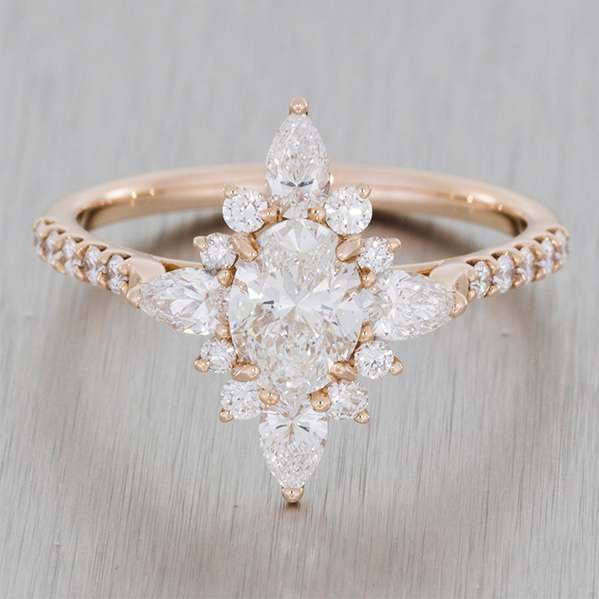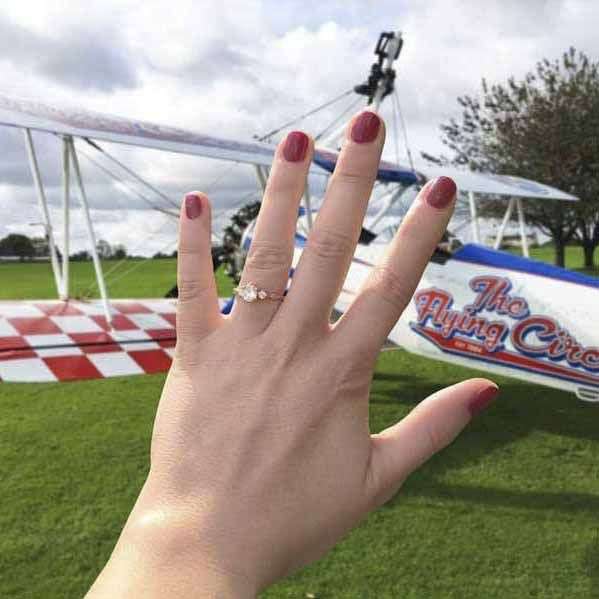“Nicknamed ‘Fancy Diamonds’ , rare coloured diamonds can truly make your forever piece stand out from the crowd”
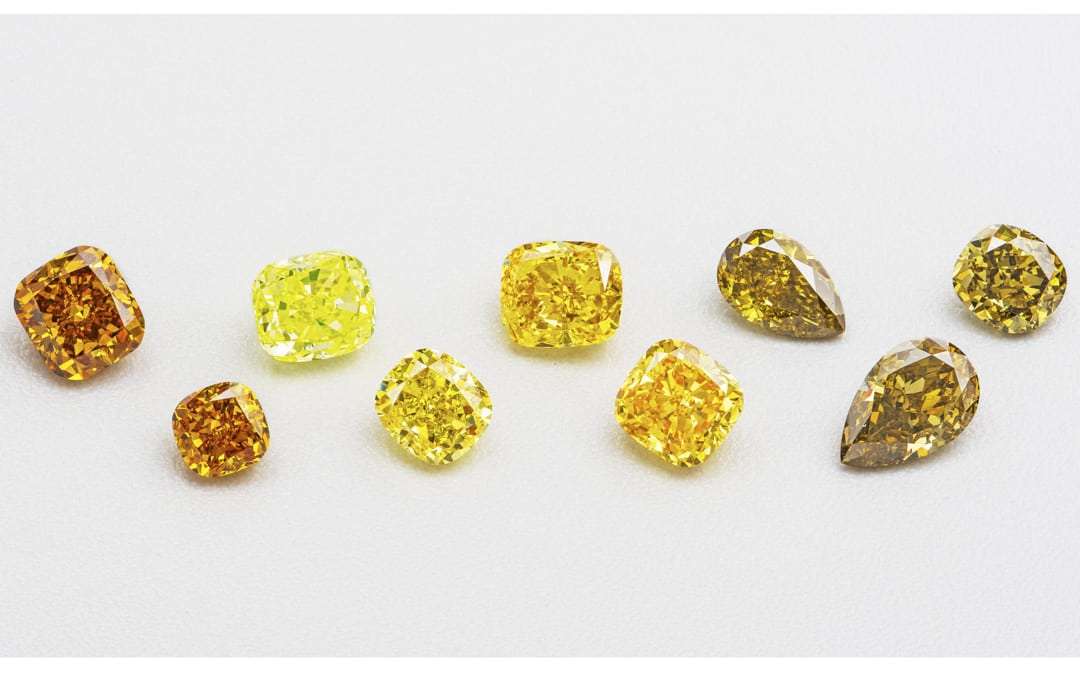
What Is A Coloured Diamond?
Diamonds, like coloured gemstones can come in a multitude of different colours. Whilst forming in the Earth, the diamond crystal can come into contact with various different elements which might give a diamond a specific bodycolour. For instance, a high presence of Boron in a diamond can produce a blue or blue/grey stone. In the industry coloured diamonds are referred to as fancy coloured diamonds. Anything with this label will automatically incur a high price point due to the rarity of finding these incredible colourful stones.
Naturally Coloured Diamonds
The rarest gems of all, naturally occurring red, blue and green diamonds are often the stones that command staggering amounts within jewellery auctions. On the other side of the spectrum, the yellow to brown coloured fancy diamonds are more readily available as these are coloured mainly by a higher concentration of Nitrogen, which is one of the most common elements in the Earth.
Heat Treated Diamonds
Coloured diamonds are graded and valued on many different factors, the most important factor is the saturation of colour. The more highly saturated the more valuable the stone and the rarer the colour the higher the value. Often, to get the amazing saturation in diamonds, they are heat treated. This means stones with teal blue, cognac, pink and yellow colours are often available and are priced at a more reasonable bracket compared to their natural counterparts.
Grading Colour
When we look at a grading report it might show us an overall colour grade- the body colour, however, the body colour is always usually graded by looking at three elements- hue, tone and saturation. The body colour refers to the diamonds basic colour determined by the selective absorption of light, this means that as white light enters the stone it splits into its spectral colours, most of the colours get absorbed in the stone and the rest are reflected back to the eye which is the colour that you see. To explain a bit further, hue is your first impression of the stone, it is the green of an emerald or the red of a ruby, most colours also have secondary colours which make up the overall colour so a ruby might be red with slight blue colour zoning, which makes the stone look slightly purplish overall. Stones with one pure colour are generally more valuable. Tone refers to the lightness and darkness of the stone, very dark stones might be cut quite shallow to give the stone a light ‘window’ to make the colour appear lighter. Saturation is a colours strength or intensity, for example if a blue diamond is low in saturation it might appear to have a very pale greyish colour, whereas if it has high saturation it could have quite a rich blue colour. Generally the more highly saturated, the more vivid the colour and the more valuable the stone.
White diamonds are graded on the D-Z colour scale, anything past this point is graded as fancy. The saturation of the hues is then described with one of nine descriptors: Faint, Very Light, Light, Fancy Light, Fancy, Fancy Dark, Fancy Intense, Fancy Deep, Fancy Vivid.
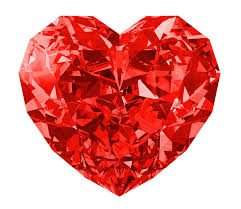
Red Diamonds
‘’A fancy red is the rarest of all diamonds’’- head of jewellery in Asia for British auction house Bonhams, Graeme Thompson.
Red diamonds are well known for coming from the Argyle mine in Australia, where most of the worlds rare pink diamonds come from. These stunning diamonds are coloured by the crystal lattice being distorted during growth from a change in heat and pressure. The saturation and secondary colours can also result in purple diamonds.
Blue Diamonds
These amazing and striking diamonds are usually coloured by a high presence of the element Boron. They are extremely rare and if the colour is natural can fetch the highest prices for a diamond. The most famous blue diamond is the ‘Hope Diamond’ – 45.52ct fancy dark greyish-blue, believed to have been discovered in India in the time of the Golconda Kingdom and diamond rush. This stone was last owned by Harry Winston who then donated it to the Smithsonian National Museum of Natural History in Washington, D.C.

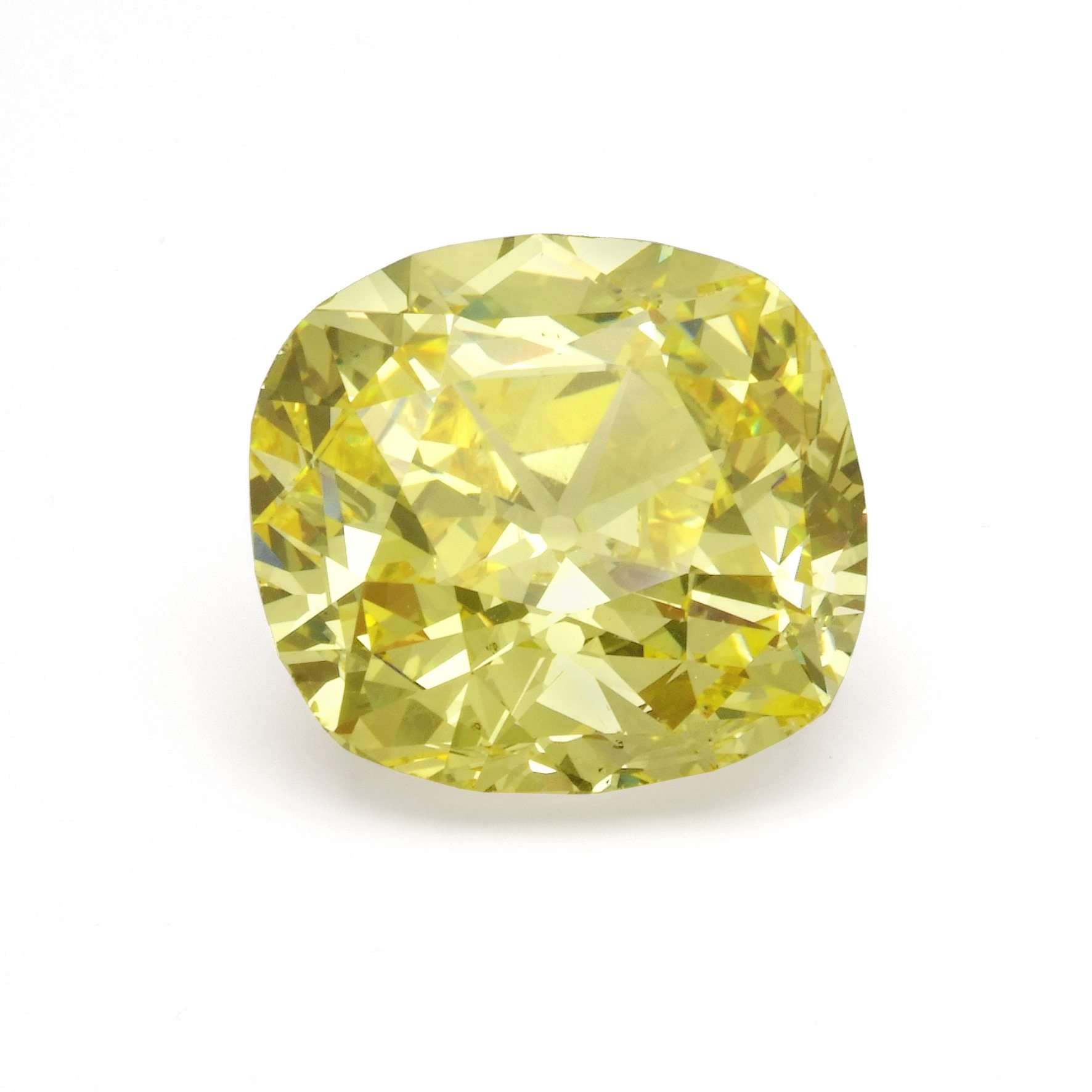
Yellow Diamonds
Nitrogen is the element that gives these fancy diamonds their colour. Nitrogen is the most abundant element on Earth, as such the majority of mined diamonds are a mix of yellow and brown. These diamonds have an industry name of canary diamonds, they are the more ‘common’ fancy diamond colour and the value is quite reasonable for fancy diamonds. The most famous is the Tiffany yellow diamond which weighs a fantastic 128.5ct mined in South Africa. It has only ever been worn by two women- Ms. Sheldon Whitehouse and Audrey Hepburn and was on show for a short time in the Smithsonian National Museum of Natural History in Washington, D.C.
Brown Diamonds
Much like yellow diamonds, brown diamonds or ‘Champagne’, ‘Cognac’ and ‘Coffee’ diamonds are coloured by the element nitrogen. Unique and breathtaking in their own right, they are often overlooked for their sunshine yellow counterpart, however, make a great choice for the alternative or more ‘subtle’ bride.
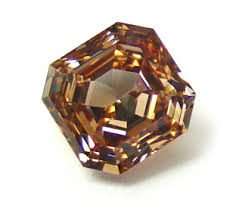
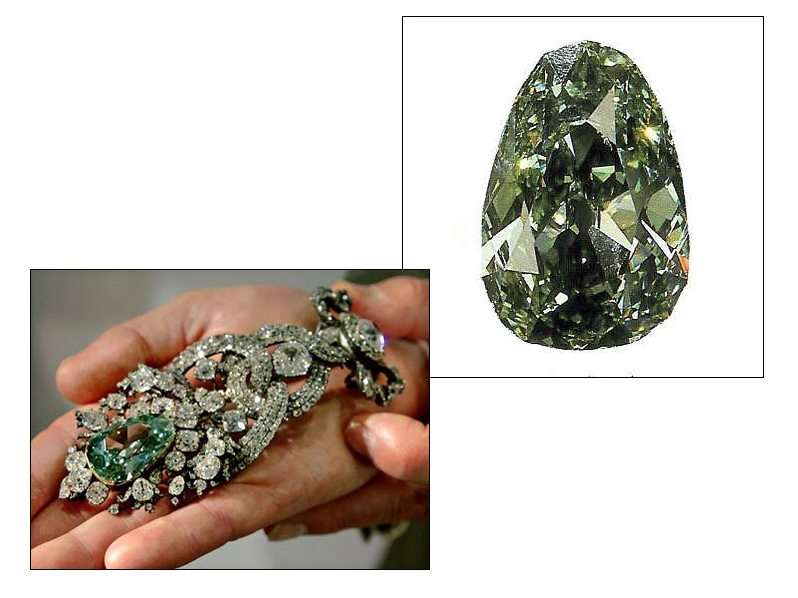
Green Diamonds
Green diamonds are incredibly rare and get their colouration from colour centres in the crystal lattice which is caused by exposure to varying quantities of radiation. This will have no effect on the wearer as the levels of radioactivity are so low it emits no harm to any living organism. Green diamonds are incredibly hard to source in an intense colour, they are not as rare as red, pink or blue diamonds, however in the intense shades will be difficult to find. The most famous green diamond is the ‘Dresden Green’. It is thought to have been mined in the Golconda Region in India. The diamond was set in various pieces of jewellery notably a badge and then a hat ornament, it now resides in the Green Vault a museum in Dresden, Germany.
It is incredibly difficult for gemologists to recognise if a green diamond is naturally green or has been irradiated in a lab to create a green colour. Normally if it’s natural it could show green colour zoning, or the cutter and polisher might leave a ‘natural’ marking (see Inclusion Types) on the girdle of the diamond for graders to recognise that it is a natural colour.
Black Diamonds
Since gemologists have studied the crystal structure of these increasingly popular diamonds, they have found out that the colour comes from multiple inclusions of graphite, pyrite or haematite. The stones might also have lots of feathers or fractures which might have stained black due to graphitisation. If it wasn’t for these large quantities of inclusions the body colour might appear colourless or brown to yellow. Most black diamonds in the market are treated by using high pressure and high temperature to make the inclusions more to make the colour darken enough to make it appear black. The most famous natural black diamond is known as the ‘Orloff diamond’, which was 67.5ct. It is thought that this stone was stolen from an idol in India in the 1800’s. It was thought to be cursed and resulted in several owners committing suicide, it has since been re cut to try to break the curse. You can also find grey and salt & pepper diamonds, read more about these here.
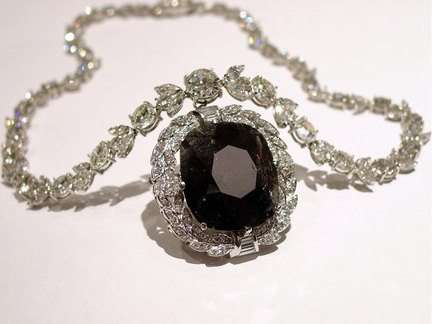
To learn more about fancy diamonds and how you could use them in your jewellery please arrange a design consultation with one of our diamond experts on here.
“Coloured Diamonds; Whilst forming in the Earth, the diamond crystal can come into contact with various different elements which might give a diamond a specific ‘fancy’ colour. See what these rare coloured diamonds look like here at Durham Rose.”
More Like This
Discover how our rings are more bespoke, use higher spec diamonds... but for a lower price
Independently rated 9.8/10 - read how we've made that special moment just that little bit extra special.
Get in touch with one of our incredible ring designers
Our team and their wealth of experience will seamlessly guide you through the design process and create a unique, one off timeless piece of jewellery.

Get in touch with one of our incredible ring designers
We've trodden the path hundreds of times before so whether you have a clear idea about your requirements or are just looking for more information, let us guide you seamlessly through the journey by getting in touch today.





